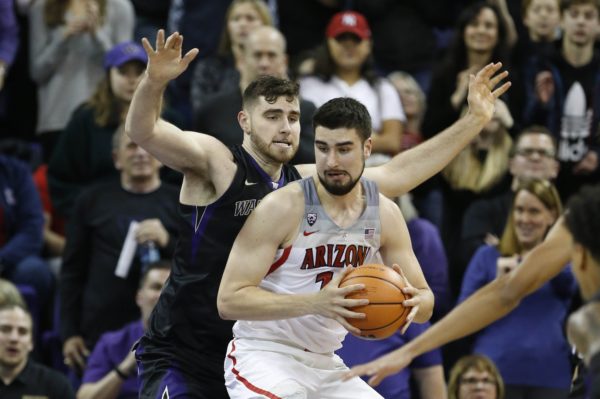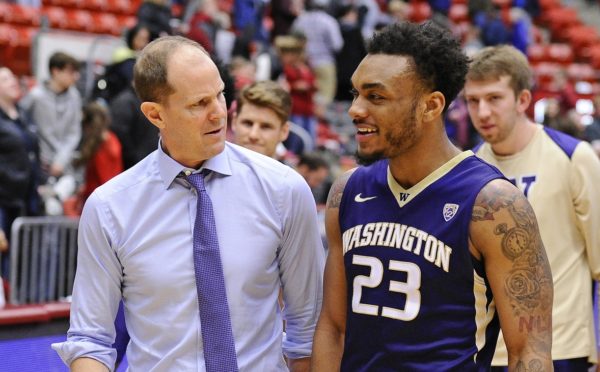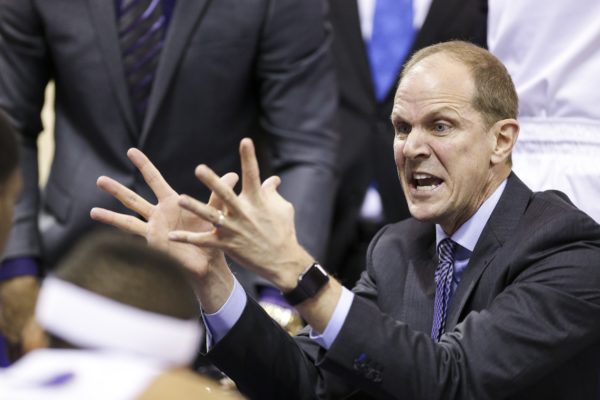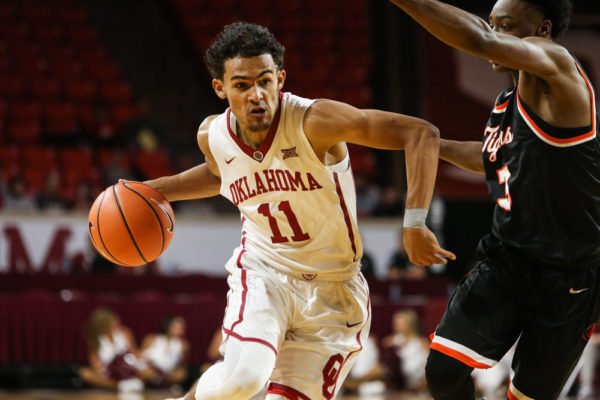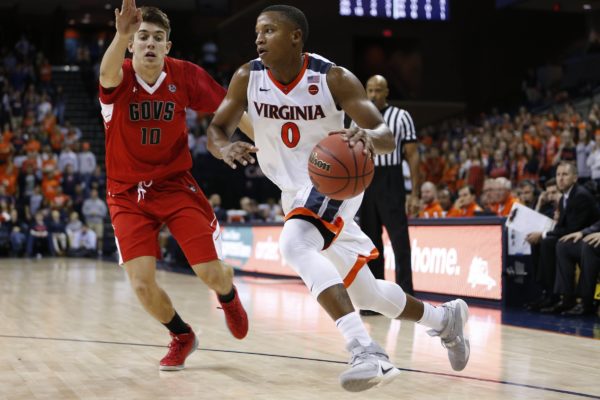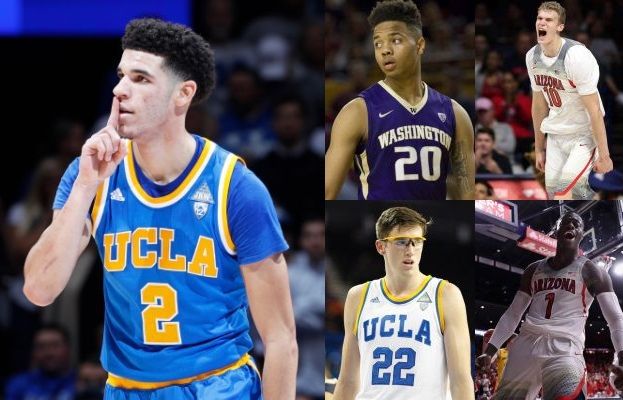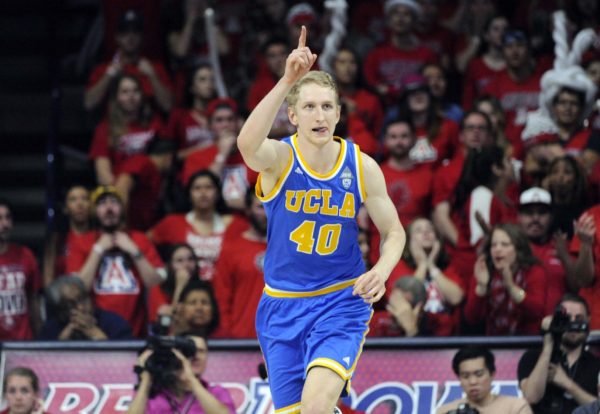Observations on Pac-12 Rim Defense
Posted by Adam Butler on February 7th, 2018As much of the basketball community discusses the value of a DeAndre Jordan with the NBA’s trade deadline approaching on Thursday afternoon, I thought it would be interesting to examine a few measures of Pac-12 rim defense. To be clear, the Jordan reference is an allusion to the value of rim-protection and not necessarily which teams in the Pac have a traditional center. That can be left to more subjective measures, especially as you consider that Arizona hasn’t exactly looked unstoppable despite Dusan Ristic catching fire.
Rim protection can be quantified in many ways. For example, another Deandre (Ayton) has drawn criticism (or at least prose) regarding his block rate. As a measure of individual rim-protection, this is probably the most telling metric among readily available stats. In noting such, Kenny Wooten (the Oregon freshman) has the third best rate in the nation, blocking a remarkable 16 percent of the shots taken while he’s on the floor. That is insane. Ayton, by comparison, owns a six percent block rate, good for eighth in the conference. It’s an improvement since The Ringer compared him to other elite college bigs, but still lacking. If nothing else, it’s not remotely close to Wooten.





























